当前位置:网站首页>YOLOv5的Tricks | 【Trick11】在线模型训练可视化工具wandb(Weights & Biases)
YOLOv5的Tricks | 【Trick11】在线模型训练可视化工具wandb(Weights & Biases)
2022-08-10 23:48:00 【Clichong】
如有错误,恳请指出。
与其说是yolov5的训练技巧,这篇博客更多的记录如何使用wandb这个在线模型训练可视化工具,感受到了yolov5作者对其的充分喜爱。
所以下面内容更多的记录下如何最简单的使用这个工具,而不是在介绍他在yolov5中的使用,后者具体可以见官方资料:Weights & Biases with YOLOv5
1. W&B简单介绍
Wandb是Weights & Biases的缩写,这款工具能够帮助跟踪你的机器学习项目。它能够自动记录模型训练过程中的超参数和输出指标,然后可视化和比较结果,并快速与同事共享结果。(感受到了yolov5作者对其极大的喜爱)
wandb和tensorboard最大区别是tensorboard的数据是存在本地的,wandb是存在wandb远端服务器,wandb会为开发真创建一个账户并生成登陆api的key。运行自己程序之前需要先登陆wandb。
在之前我也稍微介绍过Visdom与tensorboard的使用,见下面两个链接:
还介绍过普通的日志记录工具:
如果是简单的想记录中间训练过程的结果,其实wandb和以上提到的两种可视化工具是差不多的,甚至还可以讲训练结果与中间过程结果保存的本地直接查看(logging日志处理),但是wandb好像可以提供更多强悍的功能。其功能如下:
- Dashboard:Track experiments(跟踪实验), visualize results(可视化结果);
- Reports:Save and share reproducible findings(分享和保存结果);
- Sweeps:Optimize models with hyperparameter tuning(超参调优);
- Artifacts:Dataset and model versioning, pipeline tracking(数据集和模型的版本控制);
通过wandb,能够给你的机器学习项目带来强大的交互式可视化调试体验,能够自动化记录Python脚本中的图标,并且实时在网页仪表盘展示它的结果,例如,损失函数、准确率、召回率,它能够让你在最短的时间内完成机器学习项目可视化图片的制作。(这一点还是值得使用的,比自己记录数据然后matplotlib进行绘图要方便的多,还是推荐使用这些可视化的工具来减少不必要的代码编写,之前我就是憨批的自己matplotlib绘图的…)
- 核心优点
wandb并不单纯的是一款数据可视化工具。它具有更为强大的模型和数据版本管理。此外,还可以对你训练的模型进行调优。
wandb另外一大亮点的就是强大的兼容性,它能够和Jupyter、TensorFlow、Pytorch、Keras、Scikit、fast.ai、LightGBM、XGBoost一起结合使用。
因此,它不仅可以给你带来时间和精力上的节省,还能够给你的结果带来质的改变。
但是,wandb的高级功能对我来说暂时还用不上,等之后接触到的时候再查看,下面记录的是他的一些简单的可视化结果与保存结果的功能实现。
2. W&B快速入门
以下测试环境,全部是在本地远程调用服务器的jupyter notebook上进行。
- 安装库
pip install wandb
- 创建用户
wandb login
注册界面:https://wandb.ai/,然后把对应的key复制下来填写,就可以了
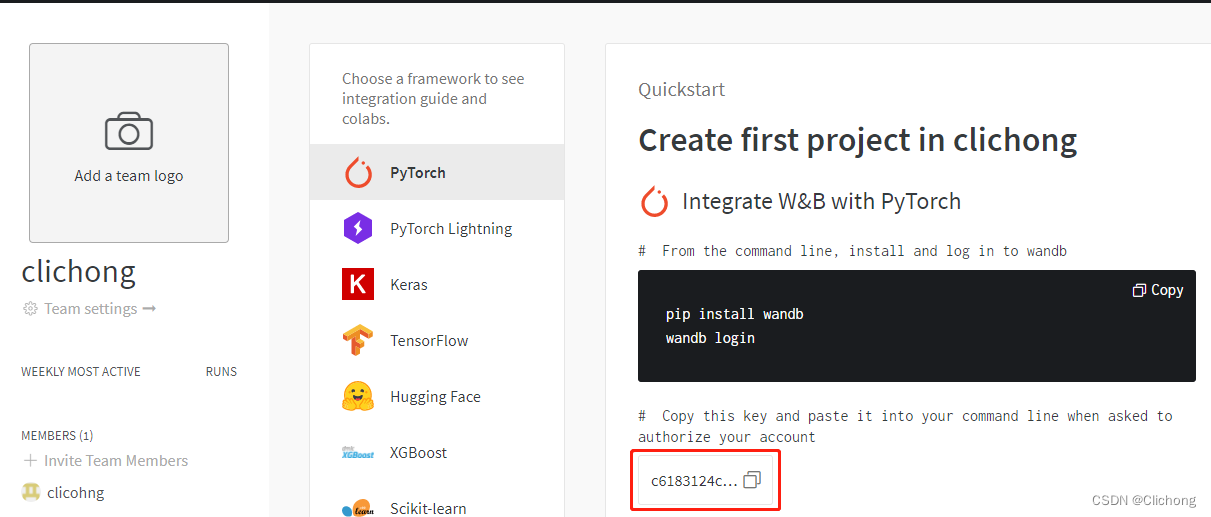
过程如下:
(yolo) [@localhost ~]$ wandb login
wandb: Logging into wandb.ai. (Learn how to deploy a W&B server locally: https://wandb.me/wandb-server)
wandb: You can find your API key in your browser here: https://wandb.ai/authorize
wandb: Paste an API key from your profile and hit enter, or press ctrl+c to quit:
wandb: Appending key for api.wandb.ai to your netrc file: /home/xxx/.netrc
- 初始化
# Inside my model training code
import wandb
wandb.init(project="my-project")
此时,就会弹出云端的对应链接,所以其和jupyter是兼容的,可以直接内置查看这个网页
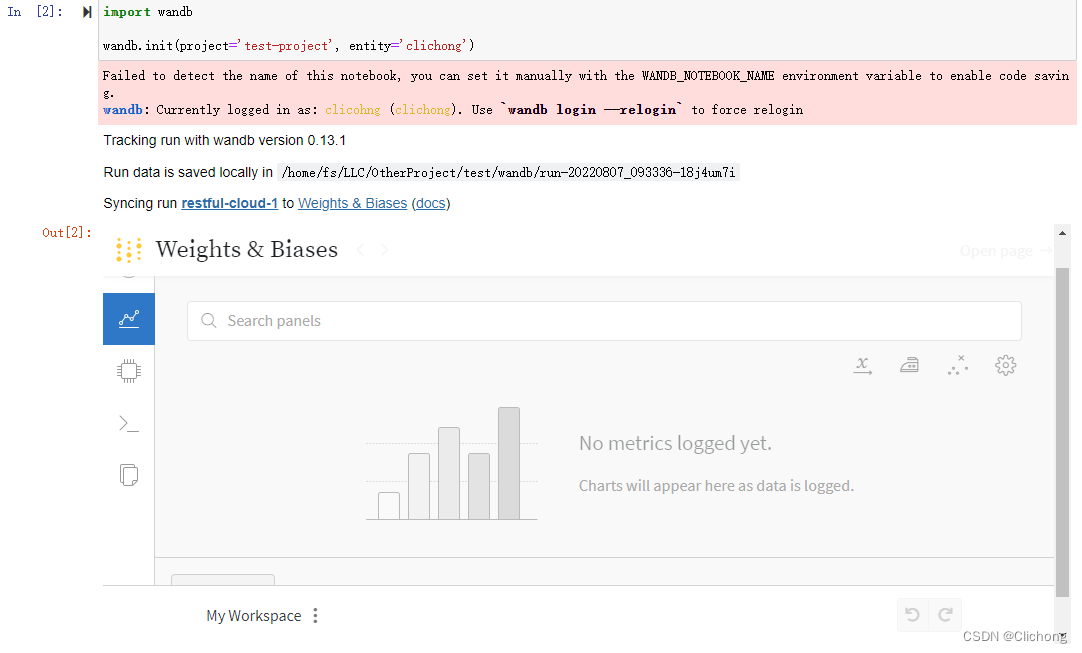
在wandb的home界面就会显示此时正在进行的进程

- 声明超参数
# config is a variable that holds and saves hyper parameters and inputs
config = wandb.config # Initialize config
config.batch_size = 4 # input batch size for training (default:64)
config.test_batch_size = 10 # input batch size for testing(default:1000)
config.epochs = 10 # number of epochs to train(default:10)
config.lr = 0.1 # learning rate(default:0.01)
config.momentum = 0.1 # SGD momentum(default:0.5)
config.no_cuda = False # disables CUDA training
config.seed = 42 # random seed(default:42)
config.log_interval = 10 # how many batches to wait before logging training status
- 记录日志
# wandb.log用来记录一些日志(accuracy,loss and epoch), 便于随时查看网路的性能
def test(args, model, device, test_loader, classes):
model.eval()
# switch model to evaluation mode.
# This is necessary for layers like dropout, batchNorm etc. which behave differently in training and evaluation mode
test_loss = 0
correct = 0
example_images = []
with torch.no_grad():
for data, target in test_loader:
# Load the input features and labels from the test dataset
data, target = data.to(device), target.to(device)
# Make predictions: Pass image data from test dataset,
# make predictions about class image belongs to(0-9 in this case)
output = model(data)
# Compute the loss sum up batch loss
test_loss += F.nll_loss(output, target, reduction='sum').item()
# Get the index of the max log-probability
pred = output.max(1, keepdim=True)[1]
correct += pred.eq(target.view_as(pred)).sum().item()
# Log images in your test dataset automatically,
# along with predicted and true labels by passing pytorch tensors with image data into wandb.
example_images.append(wandb.Image(
data[0], caption="Pred:{} Truth:{}".format(classes[pred[0].item()], classes[target[0]])))
# wandb.log(a_dict) logs the keys and values of the dictionary passed in and associates the values with a step.
# You can log anything by passing it to wandb.log(),
# including histograms, custom matplotlib objects, images, video, text, tables, html, pointclounds and other 3D objects.
# Here we use it to log test accuracy, loss and some test images (along with their true and predicted labels).
wandb.log({
"Examples": example_images,
"Test Accuracy": 100. * correct / len(test_loader.dataset),
"Test Loss": test_loss
})
其实,主要就是中间结果运行完之后。添加在wandb.log上,也就是最后的几行代码:
# 数据传入
wandb.log({
"Examples": example_images,
"Test Accuracy": 100. * correct / len(test_loader.dataset),
"Test Loss": test_loss
})
# 图像传入
wandb.log({
"examples" : [wandb.Image(i) for i in images]})
- 保存文件
# by default, this will save to a new subfolder for files associated
# with your run, created in wandb.run.dir (which is ./wandb by default)
wandb.save("mymodel.h5")
# you can pass the full path to the Keras model API
model.save(os.path.join(wandb.run.dir, "mymodel.h5"))
使用wandb以后,模型输出,log和要保存的文件将会同步到cloud。
3. W&B使用示例
以一个最简单的神经网络,进行一个cifar10的十分类任务为例来展示wandb的用法,代码来自参考资料3,亲测可用。代码比较简单,就不作解释了,使用的时候设置一下cifar10对应的数据集存放路径即可。
- 参考代码
from __future__ import print_function
import argparse
import random # to set the python random seed
import numpy # to set the numpy random seed
import torch
import torch.nn as nn
import torch.nn.functional as F
import torch.optim as optim
from torchvision import datasets, transforms
from torch.utils.data import DataLoader
# Ignore excessive warnings
import logging
logging.propagate = False
logging.getLogger().setLevel(logging.ERROR)
# WandB – Import the wandb library
import wandb
# WandB – Login to your wandb account so you can log all your metrics
# 定义Convolutional Neural Network:
class Net(nn.Module):
def __init__(self):
super(Net, self).__init__()
# In our constructor, we define our neural network architecture that we'll use in the forward pass.
# Conv2d() adds a convolution layer that generates 2 dimensional feature maps
# to learn different aspects of our image.
self.conv1 = nn.Conv2d(3, 6, kernel_size=5)
self.conv2 = nn.Conv2d(6, 16, kernel_size=5)
# Linear(x,y) creates dense, fully connected layers with x inputs and y outputs.
# Linear layers simply output the dot product of our inputs and weights.
self.fc1 = nn.Linear(16 * 5 * 5, 120)
self.fc2 = nn.Linear(120, 84)
self.fc3 = nn.Linear(84, 10)
def forward(self, x):
# Here we feed the feature maps from the convolutional layers into a max_pool2d layer.
# The max_pool2d layer reduces the size of the image representation our convolutional layers learnt,
# and in doing so it reduces the number of parameters and computations the network needs to perform.
# Finally we apply the relu activation function which gives us max(0, max_pool2d_output)
x = F.relu(F.max_pool2d(self.conv1(x), 2))
x = F.relu(F.max_pool2d(self.conv2(x), 2))
# Reshapes x into size (-1, 16 * 5 * 5)
# so we can feed the convolution layer outputs into our fully connected layer.
x = x.view(-1, 16 * 5 * 5)
# We apply the relu activation function and dropout to the output of our fully connected layers.
x = F.relu(self.fc1(x))
x = F.relu(self.fc2(x))
x = self.fc3(x)
# Finally we apply the softmax function to squash the probabilities of each class (0-9)
# and ensure they add to 1.
return F.log_softmax(x, dim=1)
def train(config, model, device, train_loader, optimizer, epoch):
# switch model to training mode. This is necessary for layers like dropout, batchNorm etc.
# which behave differently in training and evaluation mode.
model.train()
# we loop over the data iterator, and feed the inputs to the network and adjust the weights.
for batch_id, (data, target) in enumerate(train_loader):
if batch_id > 20:
break
# Loop the input features and labels from the training dataset.
data, target = data.to(device), target.to(device)
# Reset the gradients to 0 for all learnable weight parameters
optimizer.zero_grad()
# Forward pass: Pass image data from training dataset, make predictions
# about class image belongs to (0-9 in this case).
output = model(data)
# Define our loss function, and compute the loss
loss = F.nll_loss(output, target)
# Backward pass:compute the gradients of loss,the model's parameters
loss.backward()
# update the neural network weights
optimizer.step()
# wandb.log用来记录一些日志(accuracy,loss and epoch), 便于随时查看网路的性能
def test(args, model, device, test_loader, classes):
model.eval()
# switch model to evaluation mode.
# This is necessary for layers like dropout, batchNorm etc. which behave differently in training and evaluation mode
test_loss = 0
correct = 0
example_images = []
with torch.no_grad():
for data, target in test_loader:
# Load the input features and labels from the test dataset
data, target = data.to(device), target.to(device)
# Make predictions: Pass image data from test dataset,
# make predictions about class image belongs to(0-9 in this case)
output = model(data)
# Compute the loss sum up batch loss
test_loss += F.nll_loss(output, target, reduction='sum').item()
# Get the index of the max log-probability
pred = output.max(1, keepdim=True)[1]
correct += pred.eq(target.view_as(pred)).sum().item()
# Log images in your test dataset automatically,
# along with predicted and true labels by passing pytorch tensors with image data into wandb.
example_images.append(wandb.Image(
data[0], caption="Pred:{} Truth:{}".format(classes[pred[0].item()], classes[target[0]])))
# wandb.log(a_dict) logs the keys and values of the dictionary passed in and associates the values with a step.
# You can log anything by passing it to wandb.log(),
# including histograms, custom matplotlib objects, images, video, text, tables, html, pointclounds and other 3D objects.
# Here we use it to log test accuracy, loss and some test images (along with their true and predicted labels).
wandb.log({
"Examples": example_images,
"Test Accuracy": 100. * correct / len(test_loader.dataset),
"Test Loss": test_loss
})
# 初始化一个wandb run, 并设置超参数
# Initialize a new run
# wandb.init(project="pytorch-intro")
wandb.init(project='test-project', entity='clichong')
wandb.watch_called = False # Re-run the model without restarting the runtime, unnecessary after our next release
# config is a variable that holds and saves hyper parameters and inputs
config = wandb.config # Initialize config
config.batch_size = 4 # input batch size for training (default:64)
config.test_batch_size = 10 # input batch size for testing(default:1000)
config.epochs = 10 # number of epochs to train(default:10)
config.lr = 0.1 # learning rate(default:0.01)
config.momentum = 0.1 # SGD momentum(default:0.5)
config.no_cuda = False # disables CUDA training
config.seed = 42 # random seed(default:42)
config.log_interval = 10 # how many batches to wait before logging training status
def main():
use_cuda = not config.no_cuda and torch.cuda.is_available()
device = torch.device("cuda:0" if use_cuda else "cpu")
kwargs = {
'num_workers': 1, 'pin_memory': True} if use_cuda else {
}
# Set random seeds and deterministic pytorch for reproducibility
# random.seed(config.seed) # python random seed
torch.manual_seed(config.seed) # pytorch random seed
# numpy.random.seed(config.seed) # numpy random seed
torch.backends.cudnn.deterministic = True
# Load the dataset: We're training our CNN on CIFAR10.
# First we define the transformations to apply to our images.
transform = transforms.Compose([
transforms.ToTensor(),
transforms.Normalize((0.5, 0.5, 0.5), (0.5, 0.5, 0.5))
])
# Now we load our training and test datasets and apply the transformations defined above
train_loader = DataLoader(datasets.CIFAR10(
root='../../Classification/StageCNN/dataset/cifar10/', # 路径自行更改
train=True,
download=False,
transform=transform
), batch_size=config.batch_size, shuffle=True, **kwargs)
test_loader = DataLoader(datasets.CIFAR10(
root='../../Classification/StageCNN/dataset/cifar10/', # 路径自行更改
train=False,
download=False,
transform=transform
), batch_size=config.batch_size, shuffle=False, **kwargs)
classes = ('plane', 'car', 'bird', 'cat', 'deer', 'dog', 'frog', 'horse', 'ship', 'truck')
# Initialize our model, recursively go over all modules and convert their parameters
# and buffers to CUDA tensors (if device is set to cuda)
model = Net().to(device)
optimizer = optim.SGD(model.parameters(), lr=config.lr, momentum=config.momentum)
# wandb.watch() automatically fetches all layer dimensions, gradients, model parameters
# and logs them automatically to your dashboard.
# using log="all" log histograms of parameter values in addition to gradients
wandb.watch(model, log="all")
for epoch in range(1, config.epochs + 1):
train(config, model, device, train_loader, optimizer, epoch)
test(config, model, device, test_loader, classes)
# Save the model checkpoint. This automatically saves a file to the cloud
torch.save(model.state_dict(), 'model.h5')
wandb.save('model.h5')
if __name__ == '__main__':
main()
- Parameters
在运行当中,可以在其提供的链接中动态的查看训练过程与中间结果,wandb.watch(model, log="all") 可以自动获取所有层尺寸、梯度、模型参数,并将它们自动记录到云端的仪表板中。如下所示:
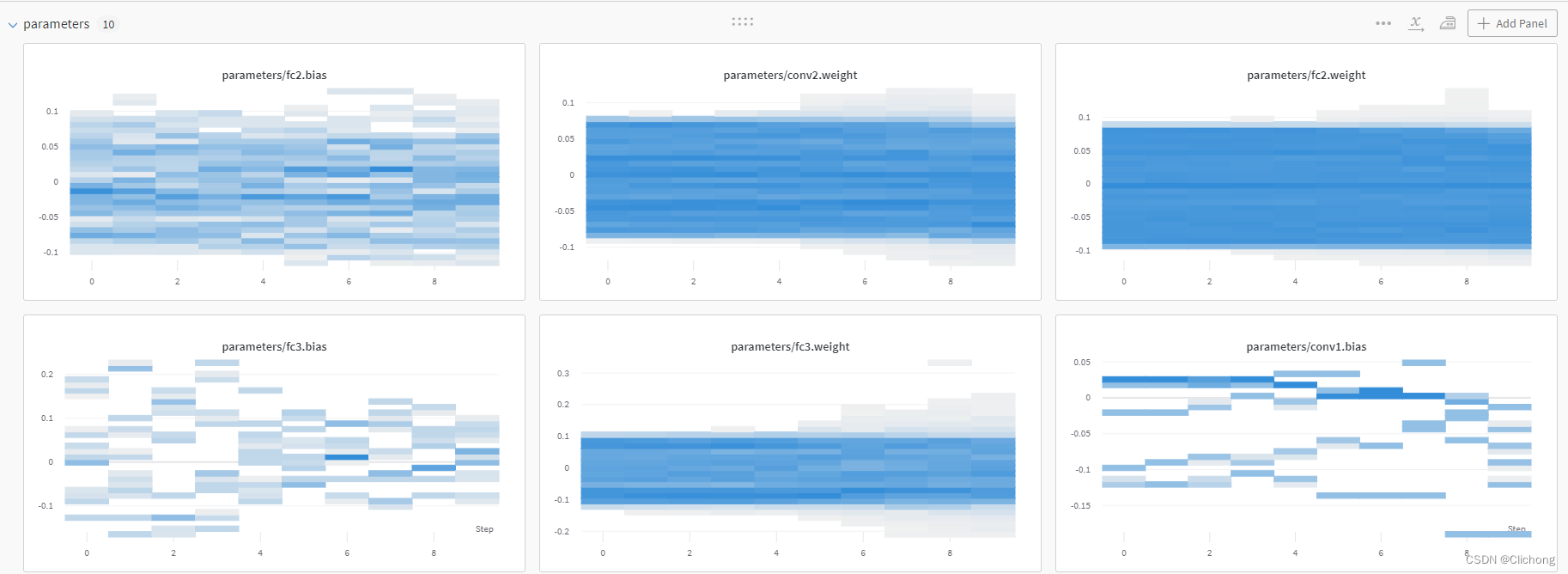
- Chart & Media
在记录中间的测试准确率和测试损失时,还可以把测试的图像列表保存下来存放在云端,很方便。
# example_images.append(wandb.Image(
# data[0], caption="Pred:{} Truth:{}".format(classes[pred[0].item()], classes[target[0]])))
wandb.log({
"Examples": example_images,
"Test Accuracy": 100. * correct / len(test_loader.dataset),
"Test Loss": test_loss
})
云端结果显示如下:
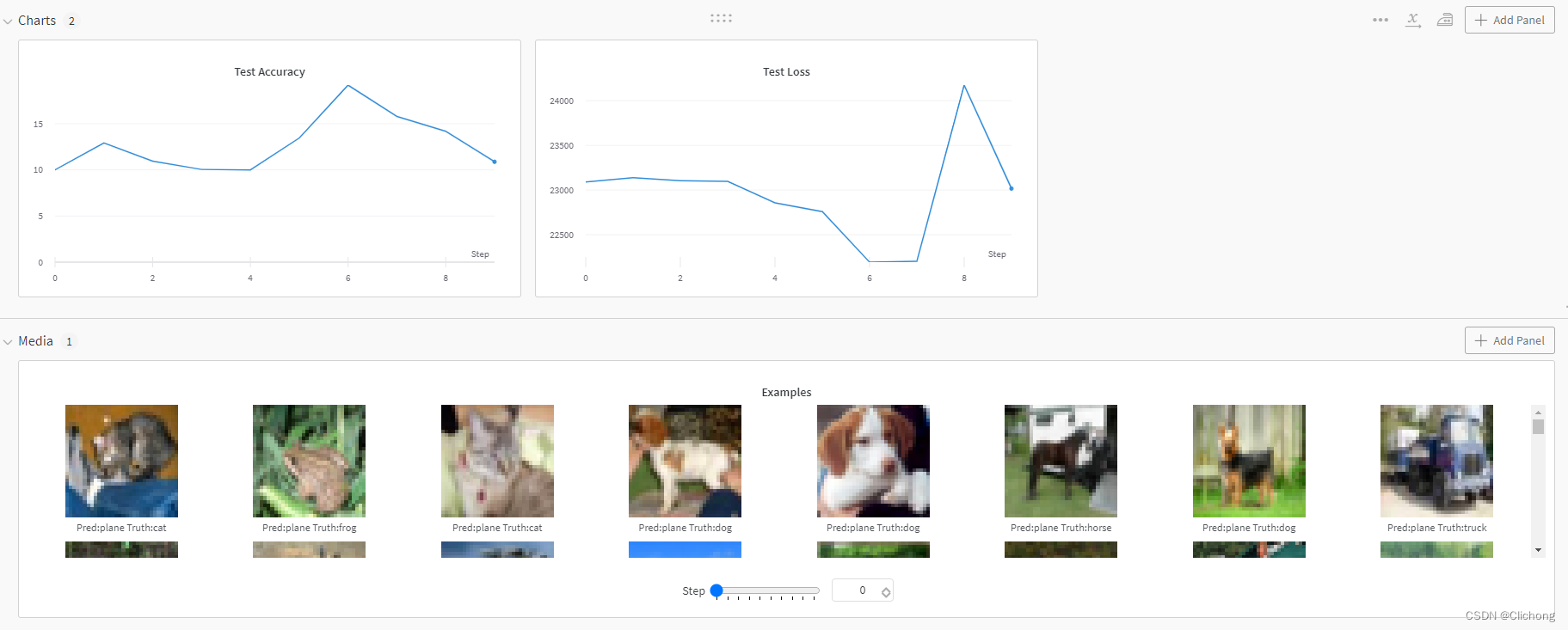
还可以单独图表进行分析与平滑等处理:

上传的图像也可以进行设置:
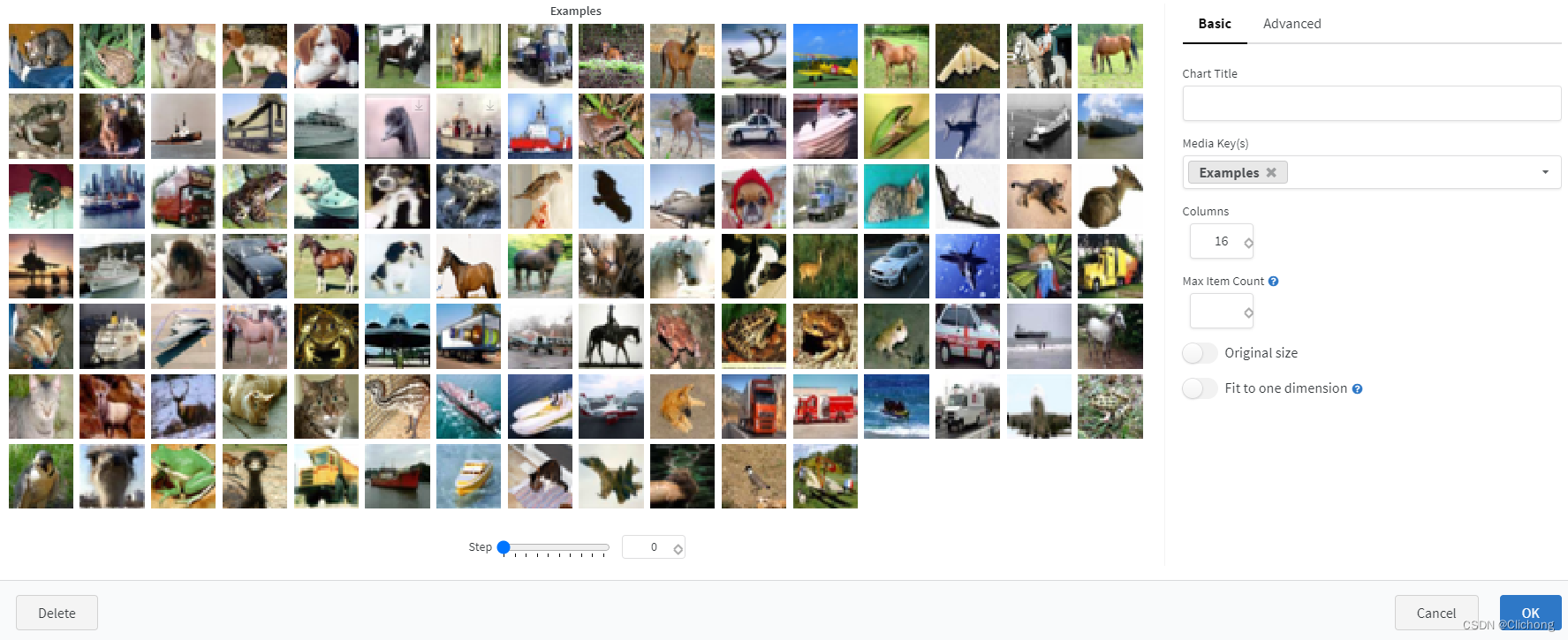
- Save
在模型训练完成保存在本地上时,还可以进行 wandb.save('model.h5') ,将模型保存在云端上,可以在相关路径下找到保存的模型。
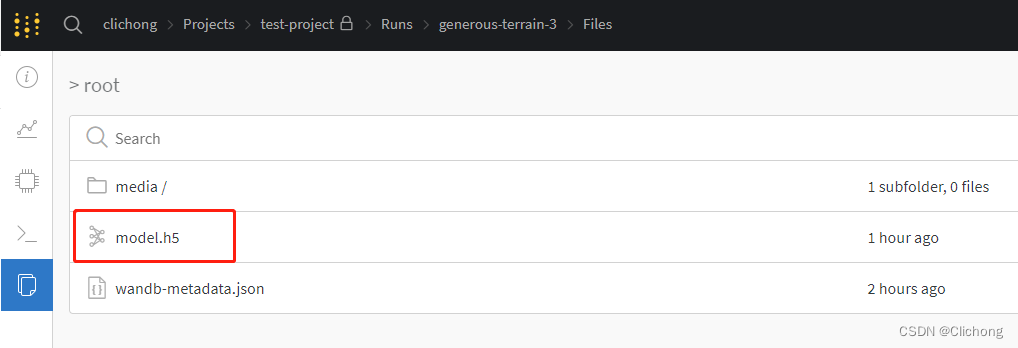
4. W&B更多帮助
在W&B的官网中,还有更多的示例和更多的教程,更良心的是支持中文,简直爱了。
官方文档资料:https://docs.wandb.ai/v/zh-hans/examples
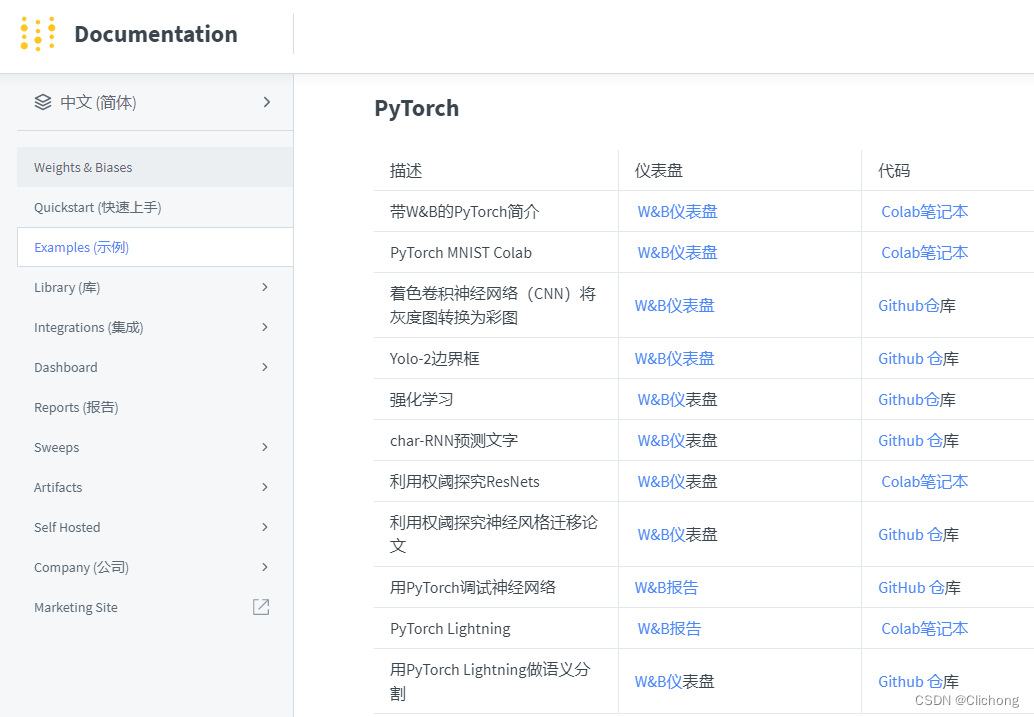
官方教程资料:https://wandb.ai/site/tutorials

参考资料:
边栏推荐
- 回收站的文件删了怎么恢复,回收站文件恢复的两种方法
- Multilingual Translation - Multilingual Translation Software Free
- [C language] Detailed explanation of data storage
- [Excel知识技能] 将数值格式数字转换为文本格式
- 7. yaml
- Server Tips
- 分布式.性能优化
- String
- How to quickly grasp industry opportunities and introduce new ones more efficiently is an important proposition
- 图像识别和语义分割的区别
猜你喜欢
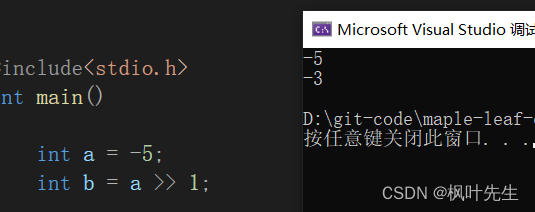
C语言篇,操作符之 移位运算符(>>、<<)详解

7. yaml
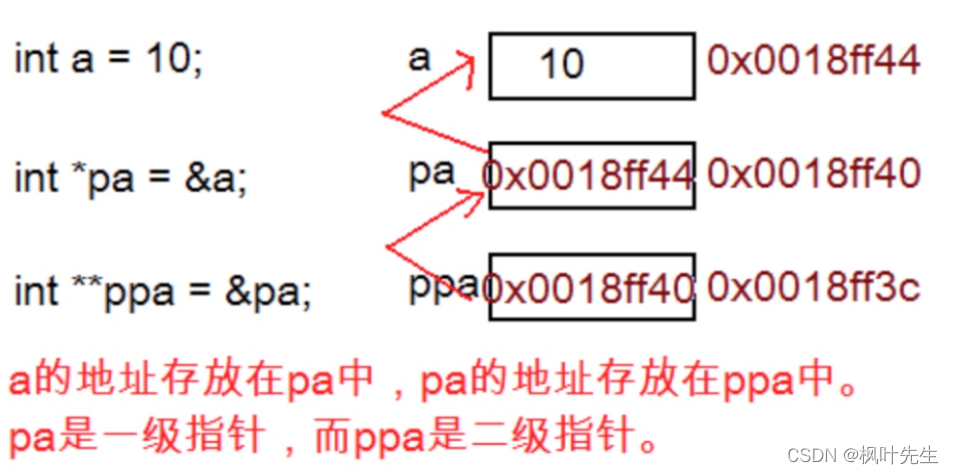
【C语言】初识指针

【C语言篇】操作符之 位运算符详解(“ << ”,“ >> ”,“ & ”,“ | ”,“ ^ ”,“ ~ ”)

Starting a new journey - Mr. Maple Leaf's first blog

App的回归测试,有什么高效的测试方法?
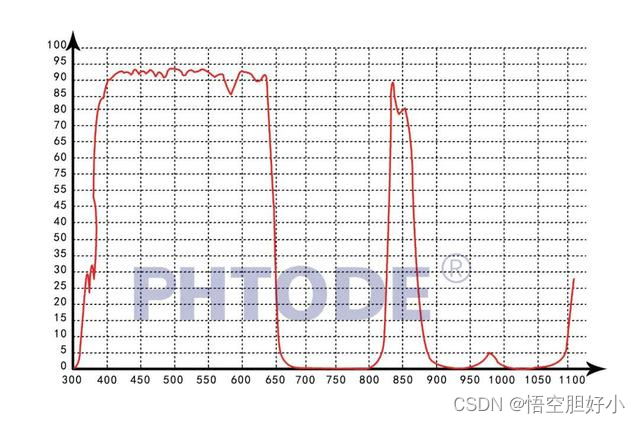
镜头之滤光片---关于日夜两用双通滤光片
![[C Language Chapter] Detailed explanation of bitwise operators (“<<”, “>>”, “&”, “|”, “^”, “~”)](/img/7a/4c4e74a294074e1f5fc573d21adb20.png)
[C Language Chapter] Detailed explanation of bitwise operators (“<<”, “>>”, “&”, “|”, “^”, “~”)
![[C language] Detailed explanation of data storage](/img/3f/3799a3ba0f2642272e15bd7a3e511f.png)
[C language] Detailed explanation of data storage
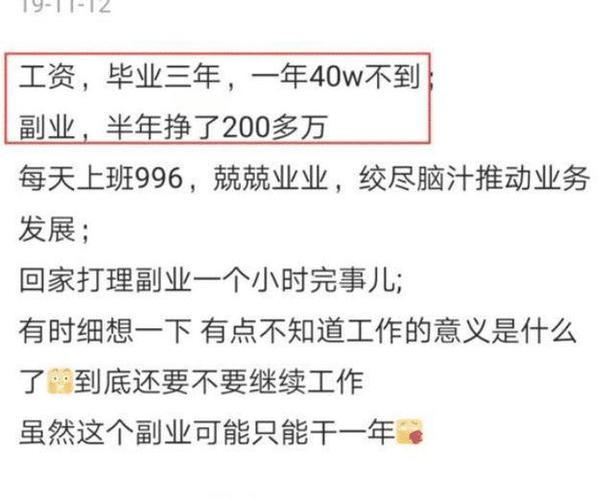
22年全国程序员1月薪资出炉,才知道年薪 40 万以上的有这么多?
随机推荐
Jvm.分析工具(jconsole,jvisualvm,arthas,jprofiler,mat)
UOJ#749-[UNR #6]稳健型选手【贪心,分治,主席树】
Google Chrome73~81版本浏览器的跨域问题解决方案
逮到一个阿里 10 年老 测试开发,聊过之后收益良多...
VR全景+安全科普教育,让学生们提高安全意识
线上突然查询变慢怎么核查
Summary of Confused Knowledge Points for "High Items" in the Soft Examination in the Second Half of 2022 (2)
Which translation software is more accurate [Free]
Geogebra 教程之 02 Geogebra初学者的 8 个基本要素
How to recover data from accidentally deleted U disk, how to recover deleted data from U disk
如何快速把握行业机会,更高效地推陈出新,是一个重要的命题
What is the ASIO4ALL
如何便捷获取参考文献的引用格式?
16. 文件上传
[C language articles] Expression evaluation (implicit type conversion, arithmetic conversion)
闭包详解,柯里化的含义及操作方法
后疫情时代,VR全景营销这样玩更加有趣!
图像识别和语义分割的区别
call,apply,bind指定函数的this指向详解,功能细节,严格和非严格模式下设定this指向
15. 拦截器-HandlerInterceptor